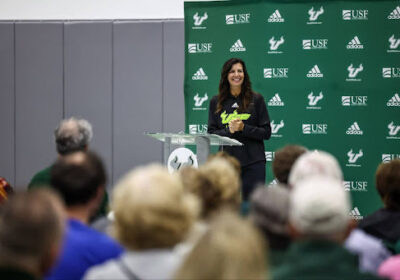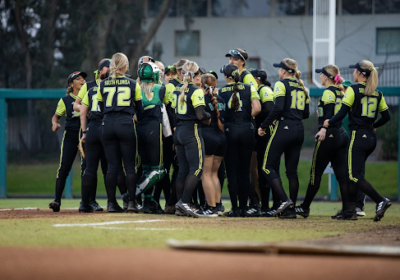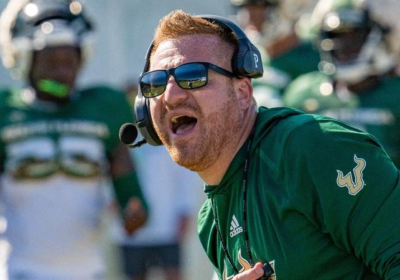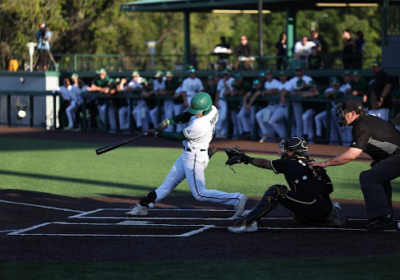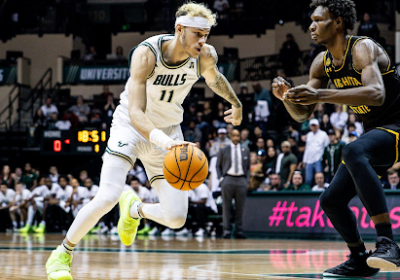Bulls’ offensive focus shifts to perimeter under Bartow

USF has scored more effectively from 3-point range under coach Murry Bartow, but not anywhere else.
ORACLE FILE PHOTO/JACKIE BENITEZ
Through 11 games at the helm, USF interim coach Murry Bartow has won just one game.
It’s been a less than ideal circumstance for Bartow, with only eight scholarship players on the roster most nights. Though the results haven’t been what the Bulls are looking for, expectations are also at an all-time low.
With the Bulls through 24 games in their season, Bartow has been in charge nearly as much as former coach Orlando Antigua was before he was fired on Jan. 3.
Under Bartow, USF has shifted its offensive focus more to the perimeter rather than attacking the basket as they did under Antigua. In the 13 games under Antigua, the Bulls made 35.4 percent of their roughly 14 3-point attempts per game.
In Bartow’s 11 games, USF has attempted nearly four more 3-pointers per game, making them at a slightly higher rate (37 percent).
Sophomore Troy Holston has taken the bulk of the 3-pointers, but is shooting the worst of the regular 3-point shooters on the team, making only 31.3 percent of his 3-pointers in AAC play.
Since conference play began, guards Michael Bibby (46 percent) and Geno Thorpe (40 percent) lead USF in efficiency from the perimeter.
While scoring from outside has increased under Bartow, forcing fouls and getting to the line has been an issue for the Bulls.
Under Antigua, USF regularly scored from the charity stripe as players shot 279 free throws compared to just 154 in two less games under Bartow. The difference has been a loss of 73 points, likely a big factor in the drop-off in scoring. Since Antigua’s departure, USF has scored nearly six points less per game.
The defense has also been noticeably worse since conference play began, as USF has allowed 10 more points since then. Though it’s worth noting that AAC opponents are significantly more talented than most of the teams USF faced in out of conference play, the difference is clear to see.
Though the Bulls are still blocking and stealing the ball at roughly the same rate, they’re averaging seven less rebounds a game. This is likely due to USF’s tendency to play smaller lineups due to its lack of depth. In conference play, the tallest among USF’s five most-used players is 6-foot-8 forward Malik Fitts.
When the Bulls consistently have to fight for rebounds against players like UConn’s Amida Brimah (7-foot, 230 pounds) and Steven Enoch (6-foot-11, 258 pounds) or Damion Moore (6-foot-11, 225 pounds) and Obi Enechionyia (6-foot-10, 220 pounds) of Temple, they’re typically at a disadvantage.
USF (7-17, 1-12) has certainly struggled this season and has clearly played differently under Bartow. It remains to be seen who will be in charge of the Bulls next season and if they will continue this shift to attacking from the perimeter, but it has yet to translate into wins.

